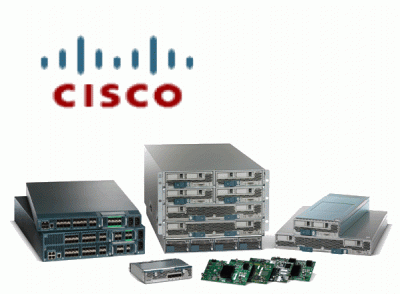Cisco Unified Computing System Review

For IT managers who must pay attention to both virtual and physical resources, the Cisco UCS system is well worth considering
IT managers should pay special attention to the firmware management capabilities of UCS Manager. In contrast with the underdeveloped configuration backup system, considerable effort was spent on ensuring that firmware rollouts are handled in a graceful and efficient manner. The firmware deployment system allowed me to see the running, start up and backup versions of the firmware for all the components in the Cisco UCS.
UCS Manager also provides extensive information about the hardware components installed in the rack, and all of this data is discovered automatically. Because Cisco makes all of the physical components and has welded the whole thing together with a fairly elegant management system, hardware enumeration and monitoring of power and temperature are easy to access and well-presented so that problems can be immediately diagnosed.
Servers—Logical Devices
Service Profiles define and provision UCS resources. The MAC address, WWPN, firmware version, BIOS boot order and network attributes are all programmable.
I used Service Profiles to pre-position configuration settings for rapid deployment within my UCS Manager domain, based on the application I wanted to use. I could force servers to use an older version of firmware and pull “burned in” identification information from resource pools that were ready for use without the need to further consult with network or storage staff.
Similarly, I was able to configure LAN and SAN resources so that applications running on my UCS management domain were correctly provisioned without manual intervention on my part to configure the server.
Conclusions
Taken all together, Cisco UCS has tied the compute, network and storage management components into a neat bundle of productivity delivered as a server in the management tool.
My hands-on tests show that Cisco’s UCS (Unified Computing System) combines high-end hardware with integrated management software to create a data centre computing platform capable of hosting high-value applications, despite some Version 1.0 flaws.
Cameron Sturdevant is technical director at eWeek